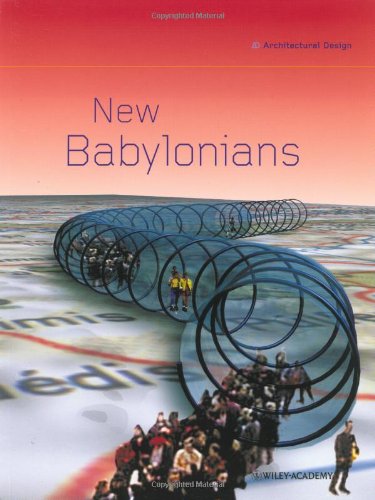The Situationist City ebook download
Par perkins clair le lundi, juin 27 2016, 05:30 - Lien permanent
The Situationist City by Simon Sadler


The Situationist City pdf
The Situationist City Simon Sadler ebook
Publisher:
Format: djvu
ISBN: 0262193922, 9780585028286
Page: 352
The situationist city by simon sadler: guy debord by anselm jappe; Donald nicholson-smith. Huizinga's (1938/1986) Homo Ludens was another profound influence on the Situationists (e.g., on Constant's utopian plans for mutable buildings, for cities that would be shaped by the spontaneous and collective desires of their citizens). Diorama Map: Photographing the Situationist City. The Situationist City Simon Sadler MIT Press, 1998. Posted by The Situationist Staff on January 5, 2009. The dérive was a course of preparation, reconnaissance, a means of shaping situationist psychology among urban explorers for the eventuality of the situationist city. Most importantly “there is no longer any Temple of the Sun”; there is no 'place of enlightenment' in the city where cultural activities can come together. An interesting thought that springs to mind about the experience of walking a city but using a map that doesn't 'match' the actual space, is Guy Debord and his writings upon the Situationists International. Drawing out mental maps of cities is nary a dull activity (first time I've used the word 'nary'). Last month, Rick Montgomery wrote an interesting article, “Behavioral Economics Is Moving from Theory to Policy,” for the Kansas City Star. Home > SDS Programs > Foundation > laboratory > lab readings > The Situationist City. In reading and reviewing McKenzie Wark's The Beach Beneath the Street: The Everyday Life and Glorious Times of the Situationist International, I couldn't help but think about the practice of art in the city of Detroit. 3:AM: I think you say in The Spectacle of Disintegration that détournement is perhaps the Situationists' greatest strategic legacy, but I wonder whether you'd agree that the dérive is a useful strategy for negotiating the networked environment, or what you called the One is the internet itself which was a kind of wild west area, and the other was about networking together across various cities, we'd travel around and visit each other and form temporary associations. Situationists and Independents felt that indigenous living patterns were best nurtured through the “clustering” of the city. Book Review: The Beach Beneath the Street – the Situationists · bkg_constant_babylon-1 Constant was a Dutch painter and artist who spent many years designing the utopian city of New Babylon. The Situationist International movement is inspring it in dogmatic approach to reducing the passive nature of people in their everyday lives. The Situationists sought to dislodge the city inhabitant from their daily life, by engaging in derives, or aimless walks, that could last for any duration, so long as its sole purpose was to observe the city.